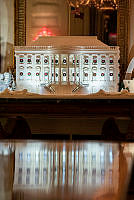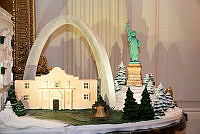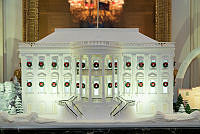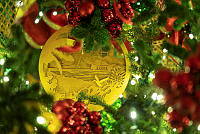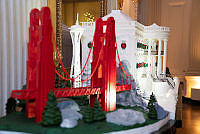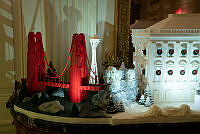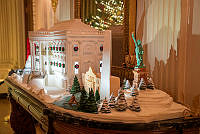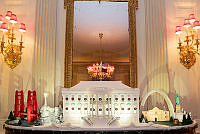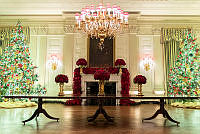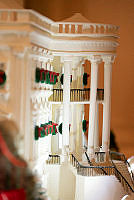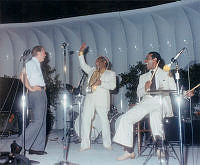Emancipators
Copyright © White House Historical Association. All rights reserved under international copyright conventions. No part of this article may be reproduced or utilized in any form or by any means, electronic or mechanical, including photocopying, recording, or by any information storage and retrieval system, without permission in writing from the publisher. Requests for reprint permissions should be addressed to books@whha.org
On April 2, 1814 British Admiral Sir Alexander Cochrane issued a proclamation stating that "all persons who may be disposed" to escape to and seek refuge on a British warship would receive their freedom and land in a British colony. In response, an estimated 3,400 enslaved people in Chesapeake coastal areas welcomed the invading British troops as emancipators and ran away from slavery for protection under the British flag.
When enslaved people on a navigable river or bay saw the masts of a British ship or ships, or saw British raiding parties who had landed on shore, they often elected to escape and try their luck with the British. Slaves stole fishing boats and dugout canoes from their owners to get away. Usually young men would escape first, then lead British shore raiders back to the plantations and farms to help bring the rest of their families along as well.
The British recognized that former slaves were valuable sources of information on local defense, terrain and conditions, militia movements, and where food supplies could be found. About 120 escaped slaves fought for the British as Colonial Marines under Admiral Sir George Cockburn's naval command. Many formerly enslaved families from the Chesapeake region eventually settled in Nova Scotia and Trinidad.

Political broadside depicting the burning of Washington and satirizing British emancipation offers, ca. 1814.








